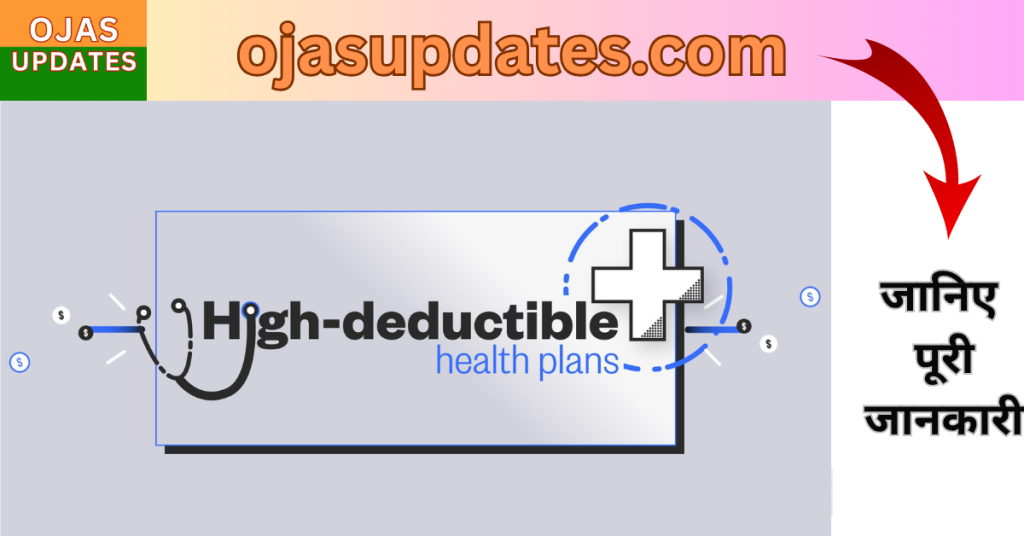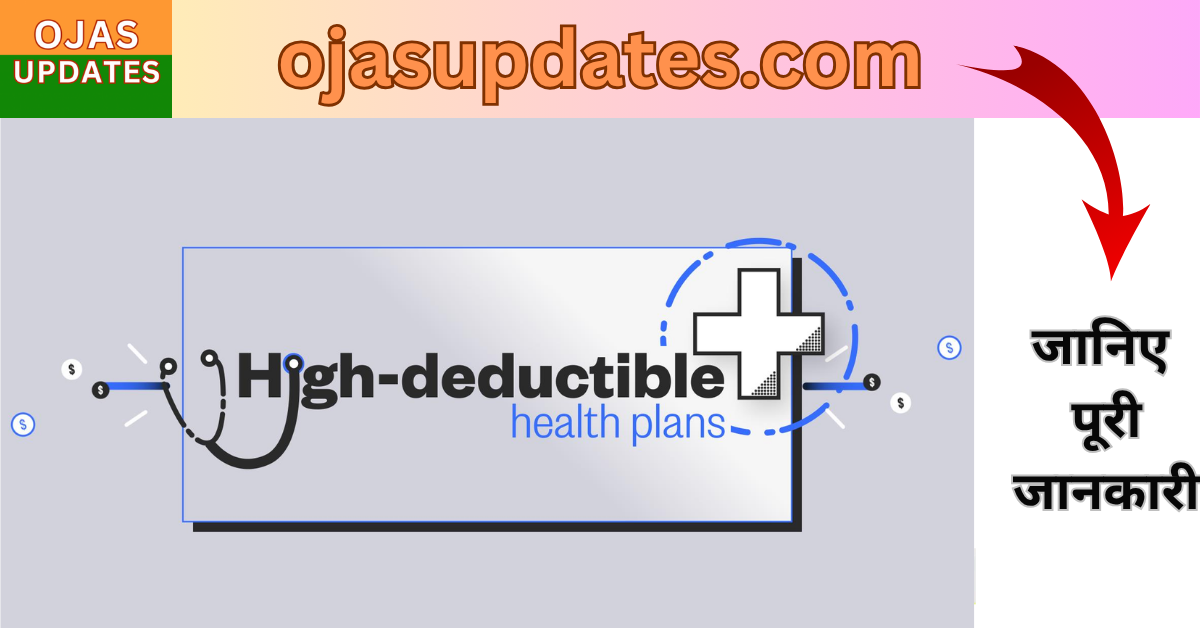Germany’s healthcare operates on a dual model: public (Gesetzliche Krankenversicherung, GKV) and private (Private Krankenversicherung, PKV). While everyone must be insured, most—especially employees under the income threshold (~€69 300/year in 2025)—join a GKV provider. High-earners, self-employed people, or civil servants can choose PKV instead. Each system has its benefits: GKV for solidarity and predictability, PKV for tailor-made premiums, faster access, and perks like private rooms and broader treatments.
🥇 Top 5 Public Insurers (GKV)
- Techniker Krankenkasse (TK)
With over 11 million members, TK stands out for its excellent digital services, English support, preventive care programs, and popularity among students and expats. - Barmer
Serving around 8 million people, Barmer offers strong mental-health support, fitness incentives, English-language tools, and programs for chronic conditions. - DAK‑Gesundheit
With ~5.6 million insured, DAK emphasizes wellness: nicotine cessation, screenings, dental benefits, and services for pregnant women and students . - AOK (Allgemeine Ortskrankenkassen)
A federation covering 27 million people, AOK is regionally structured, family-friendly, and offers multilingual support plus wellness incentives. - SBK (Siemens-Betriebskrankenkasse)
Known for high customer satisfaction, SBK offers osteopathy coverage, transparent claims, dedicated advisors, and excellent family benefits.
🏆 Top 5 Private Insurers for 2025 (PKV)

- Ottonova
A digital-first pioneer since 2017, Ottonova provides 24/7 doctor chat, fast reimbursements, concierge services, and tiered plans (Premium, Business, First Class) starting ~€550/month for a 30-year-old. - Feather Insurance
Optimized for expats and freelancers, Feather offers transparent digital onboarding, English support, and plans starting ~€195–236/month with comprehensive coverage and mental-health benefits. - Allianz Private Krankenversicherung (PKV)
A market leader globally, Allianz offers modular “ActiMed” packages (compact to premium), broad dental and vision options, and international coverage; basic plans start around €120/month. - AXA Krankenversicherung
Offers comprehensive private plans with add-ons for dental, vision, and alternative treatments, plus solid financial backing. - Hallesches Krankenversicherung
A mutual insurer with flexible plans (e.g. FEELfree, NK.flex) and no-profit structure—meaning surpluses benefit policyholders. Strong digital support and flexible deductibles.
🔎 Honorable Mentions (GKV & PKV)
- HanseMerkur – Trusted mutual PKV, praised for stable premiums, prevention care, and good expat support.
- DKV – Strong PKV with preventive focus and extensive provider network.
- Debeka – Popular mutual PKV, especially among civil servants; cited for reliability and efficient claims.
- ARAG – Unique PKV combining health and legal protection, ideal for families and executives.
- Signal Iduna – Affordable PKV option with entry-level plans starting ~€170/month; reliable coverage.
💡 Choosing the Right Plan for You
✅ Public vs. Private – What Matters:
- GKV: Shared cost, stable premiums, family inclusion at no extra fee, but longer wait times and less choice in rooms/doctors.
- PKV: Personal pricing, quicker access to specialists, private hospital rooms, global coverage—but costs can rise over time and family members aren’t automatically covered.
🧭 Matching to Your Profile
| If you are… | Consider… |
|---|---|
| Student or expat on tight budget | GKV with TK, Barmer, or DAK (excellent English and student perks). |
| High earner or freelancer | PKV with Ottonova, Feather, Allianz, AXA, or Hallesche—for personalized service and fast access. |
| Civil servant | Debeka or Hallesche typically offer favorable rates and catered plans. |
| Family-focused | AOK (public) or ARAG (private + legal cover) may offer the best value. |
📋 Tips Before You Decide
- Compare contribution rates: GKV varies; TK has ~2.45% surcharge, others like AOK or Barmer can be 2.6%+.
- Evaluate long-term costs: PKV premiums can increase (average ~3.6% annually between 2010–2024), though some like HanseMerkur manage more stable rises.
- Check English support & digital tools: Crucial for non-German speakers—Ottonova, Feather, TK, and Barmer lead here.
- Plan for family/document coverage: In GKV, kids are covered at no extra cost; in PKV each member must get separate insurance.
- Seek expert advice: Especially for PKV, consult fee-based brokers to avoid conflicts of interest.
🏁 Bottom Line
Germany’s health insurance landscape in 2025 is rich and varied:
- Public leaders: TK, Barmer, DAK, AOK, SBK.
- Private standouts: Ottonova, Feather, Allianz, AXA, Hallesche.
Your ideal choice hinges on your personal situation: income, employment status, language preferences, family needs, and whether you value digital convenience over long-term predictability. Whatever path you choose, ensuring your healthcare foundation in Germany is robust and tailored to your life starts here.

